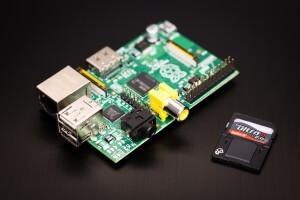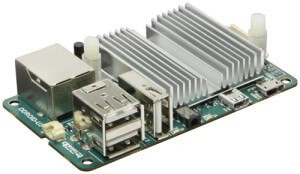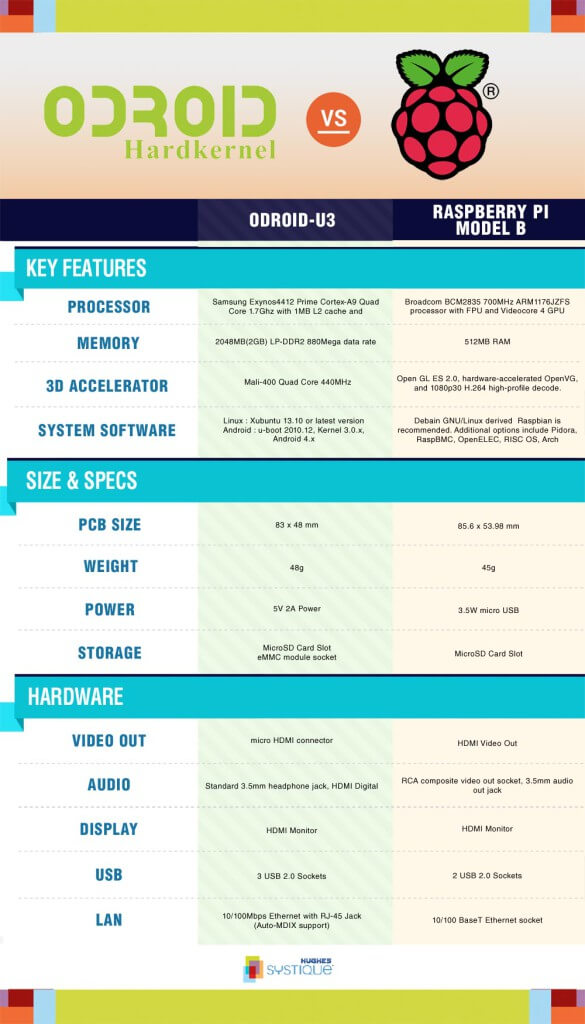Over the past 18 months, bare bones, mini-computing has surged in popularity due to low prices and high customization. These ARMs average roughly the size of a credit card and are great for those tinkerers looking to develop specialized, low-cost/no frills desktop replacements. They’re also perfect for building customized embedded solutions.
Raspberry Pi is the number one ARM solution in the space, a UK-based product that comes in two different board configurations (Model A & Model B). The Raspberry Pi Model B features a Broadcom BCM2835 system with a 700MHz ARM1176JZF-S CPU, 512MB of SDRAM and a Videocore 4 GPU. Both Raspberry Pi models are extremely affordable ($25 and $35 respectively) with the main difference hardware-wise being an extra two USB ports, ethernet and a better power usage in the Model B. Raspberry Pi has a variety of recommended Linux distros that work smoothly with the system. Add-on items for the Pi include a camera board and module.

Image courtesy of RaspberryPi.org
As the popularity of micro-computing rose, more manufacturers got in the mix with different offerings, out-of-the-box operating system support, and price points. One manufacturer, ODROID, has pushed the limits of these bare bones ARMs, with their souped-up, credit-card sized U3 model. The U3 features an Exynos4412 1.7GHz quad-core Samsung processor (the same processor used in the Samsung S3) with a Mali-400 Quad Core 440MHz 3d accelerator and 2GB of RAM. Out of the box, the U3 can run both the most recent Ubuntu and Android operating systems.

Image courtesy of HardKernel.com
So which ARM is the best option? Well, if you don’t care about the cost (ODROID-U3 is nearly 2x the cost of a Raspberry Pi Model B) the ODROID-U3 offers you far more power and options. The CPU/GPU cores are 4x more than the Raspberry Pi Model B while the operating clock frequency of the CPU is roughly 2.4x faster. Additionally, the ODROID RAM size is 4x that of the Raspberry Pi and the RAM access frequency is 1.6x faster. Lastly, the ODROID comes with Android OS support that is complete, out of the box. If you are looking for an embedded Android system, the U3 is the best choice as it operates as the equivalent to a full HD tablet once hooked up to a monitor or TV. The test below (from ODROID) shows that the U3 has six to twelve times the performance of the Raspberry Pi Model B and does so at less than twice the price.
Image Courtesy of ODROID
To help you make your own unbiased micro-computing choice we’ve created the following comparison chart between the ODROID-U3 and the Raspberry Pi Model B:

ODROID raspberryPi comparison small 585×1024 1
(Do you find this article interesting? You may want to check out our Embedded Android pages to read more about what we do in this space.)